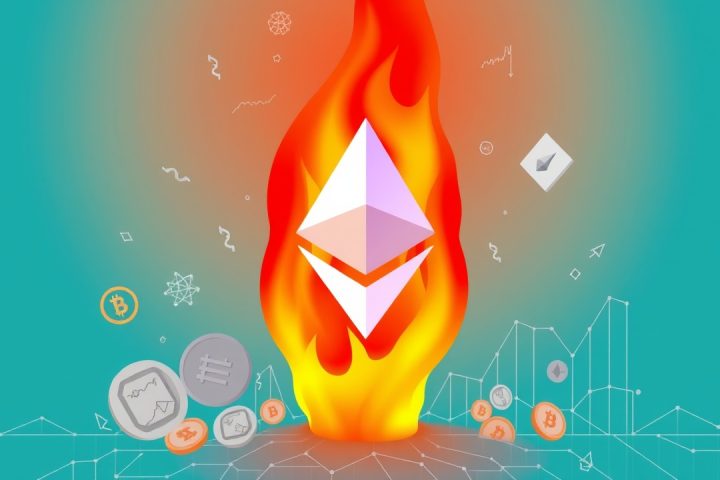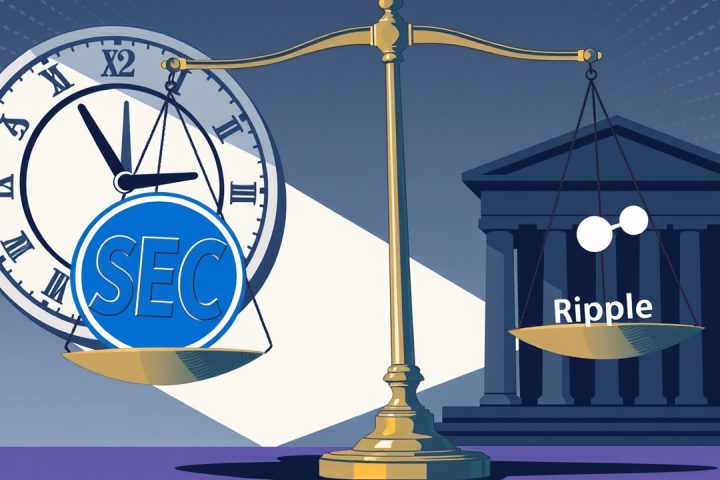Ethereum’s Surge in Blob Fees
On October 30, 2025, Ethereum (ETH) experienced a significant surge in blob fees, which are charges associated with data availability for Layer 2 networks. This remarkable increase, reaching an unprecedented high of 42,036.2 Gwei, indicates a substantial demand for Ethereum’s capabilities. These fees are what Layer 2 solutions pay when they utilize Ethereum as a foundational layer for processing data, and the spike was reported to last for approximately half an hour, during which fees remained above 20,000 Gwei.
Community Insights and Market Dynamics
A notable community member highlighted on X the intense competition among rollups, which directly drove the fees upward. This behavior is a clear reflection of heightened interest in Ethereum as different systems bid against one another for limited network resources. They emphasized that despite common fears stating that Layer 2 popularity could jeopardize Ethereum’s core platform, the reality is that Ethereum is currently in a robust position. The conversation also dispelled some concerns regarding Layer 2s being exploitative, referring to them as “FUD” or fear, uncertainty, and doubt.
Implications for Users and Future Upgrades
While these spikes in fees signal high usage, they do not directly affect end-user transactions since many rollups counterbalance this fluctuating cost structure by subsidizing blob fees. Nevertheless, the instability observed can bear implications for the overall economics that users encounter.
To combat these sudden fee escalations, the Fusaka upgrade is scheduled for rollout on December 3, 2025, with a significant upgrade having already been implemented on the Hoodi test network. This new development will introduce mechanisms such as the EIP-7918 proposal, which aims to stabilize blob fee dynamics by tying them more closely to execution costs. Additionally, the incorporation of Peer Data Availability Sampling (PeerDAS) is expected to enhance the interaction between Layer 1 and Layer 2 systems, making the overall use of Ethereum increasingly efficient.
Conclusion
The upcoming Fusaka upgrade is part of Ethereum’s evolution and is set to advance its architecture by improving speed, security, and operational interaction between various layers, heralding a new phase in the platform’s development.




